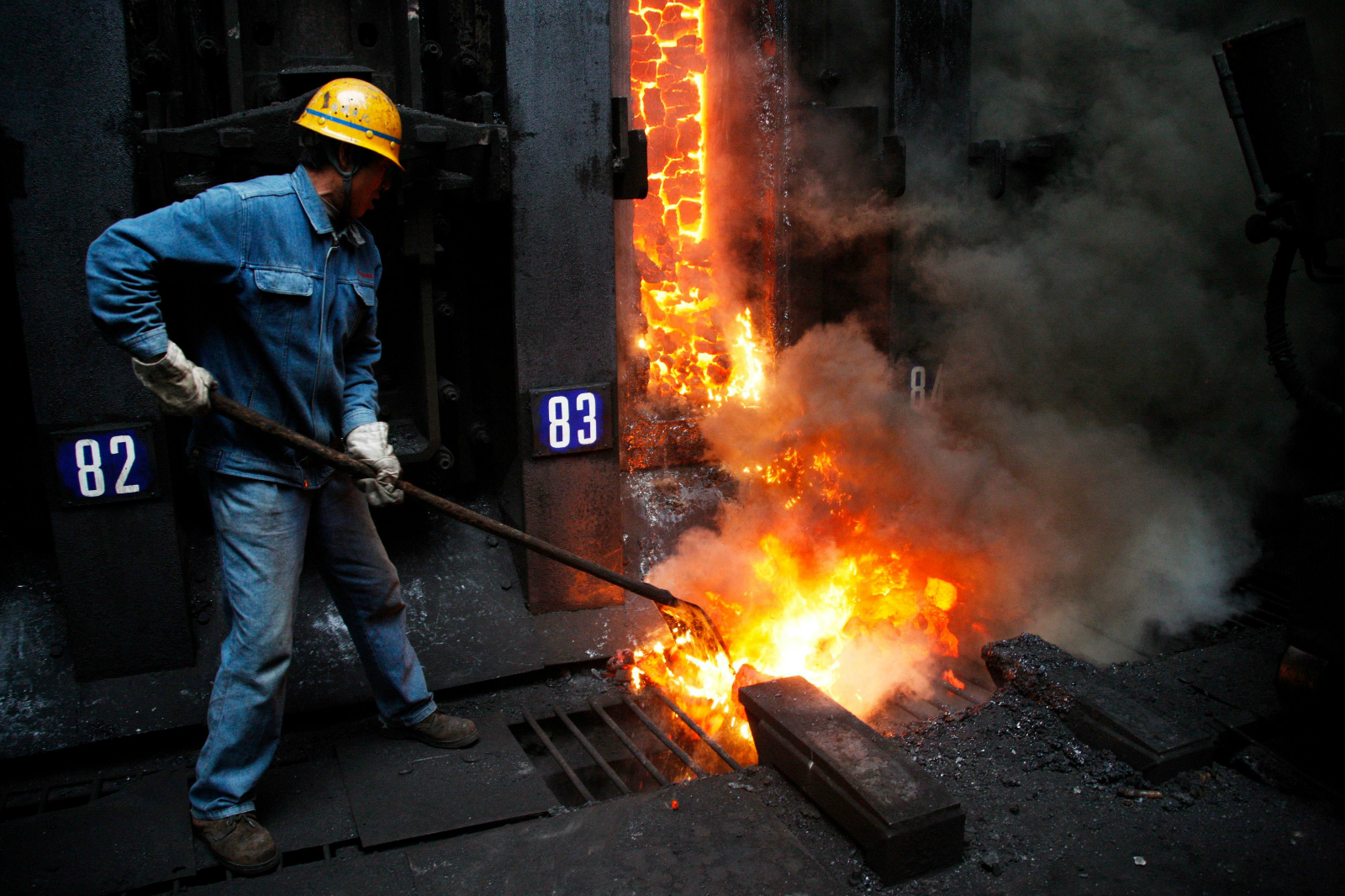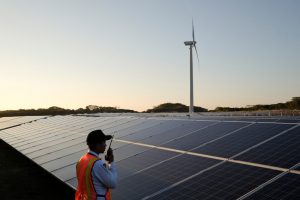Benchmark coal tariffs have been the foundation of China’s electricity pricing since 2004 but this mechanism was replaced on January 1 with a more flexible system. Industry insiders say the change may increase pressure on coal power generators, which are already struggling to be profitable.
The benchmark bows out
The new mechanism includes a “base price” that’s set at the same level as the benchmark tariff it replaces, and a “float” so that it can deviate up to 10% higher or 15% lower. Prices will be negotiated by power generators, supply companies and electricity users.
Previously, the state determined how much the power grid would pay for coal power. China’s central economic planner, the National Development and Reform Commission (NDRC), set on-grid tariffs according to the costs of each type of generation and any pollution-control measures they employed, such as desulphurisation. Firms in the same region, operating to the same environmental standards, received the same price for their power.
NDRC could make annual adjustments to reflect changes in coal prices but rarely did so. Indeed, Xinhua reports that since 2013 the benchmark tariff was adjusted downward four times and increased just once, despite coal prices having rallied since 2015. As a consequence, many coal generators are losing money.
Cao Changqing, head of the NDRC’s Prices Department, has said government needs to take into account the ability of businesses and households to absorb higher prices when setting tariffs.
Looked at another way, the NDRC has used low tariffs to subsidise industry and residential electricity users mostly at the expense of large, state-owned coal-fired power generators.
The new mechanism to set tariffs is a step towards a negotiated market that limits this one-sided subsidy. Coal power producers will be able to negotiate with their buyers to raise power prices. On the developed east coast of China, where big users compete for access to reliable generation, coal generators are more likely to succeed in raising prices beyond the base price.
Coal power under pressure
But most power market experts don’t see much opportunity for coal generators to raise prices. Except for small pockets of high demand on the east coast, China has a power surplus, meaning generators could be pressured to lower tariffs, reducing revenues even further.
And clean energy competitors – hydro, solar, wind and nuclear – enjoy policies that guarantee the purchase of their output, which reduces the market for coal power.
Furthermore, the NDRC has ruled out the possibility of higher coal prices this year to “ensure the average cost of power for industry and business can only fall”. So, in the short term at least, the only direction for electricity prices is down.
Zhang Shuwei, director and chief energy economist at the Draworld Environment Research Centre, believes the new system will boost competition in the coal power sector. Competitive firms located closer to consumers will profit even if prices fall. “But less efficient generators, zombie firms which lose no matter how much they generate, will naturally be forced out,” he said.
Supporting power-intensive businesses
The central government has long sought to boost the economy by keeping power prices for industry and business low. Zheng Xiaonan, a deputy researcher at the NDRC’s Energy Research Institute, said that the government is hoping the more flexible approach will take over.
This may keep prices low for most electricity users because there is surplus power, whilst allowing generators in provinces with high power demand to ease losses.
Last year, the NDRC and the National Energy Administration announced trials in which companies in the coal, steel, metals and construction materials sector would obtain more of their electricity from the market instead of through long-term contracts set by the government. Some local governments have also encouraged power-intensive industries to buy directly from generators via base price plus float mechanisms.
In the short term at least, the only direction for electricity prices is down.
Electricity can account for 30% of costs in power-intensive sectors such as concrete manufacturing, so pricing changes have a major impact on company performance. One view is that the new mechanism will allow power generators and power-hungry firms to form mutually beneficial relationships, with the generators gaining reliable customer and the company keeping electricity costs under control.
Yuan Jiahai, a professor at North China Electric Power University, pointed out that encouraging power-intensive industry via lower power prices will increase pollution rather than aid high-quality economic growth. Zheng Xinye, deputy head of Renmin University’s School of Economics, says it should not be done even when the economy is slowing.
What about renewables?
For years the benchmark coal power tariff has been used as a point of reference for subsidies for the renewables sector. The government sets the price the grid will pay for solar and other renewables in different regions, and the Renewable Energy Development Fund pays a subsidy to offset the difference between that price and the benchmark tariff.
Tao Ye, director of the Renewable Energy Development Centre at the NDRC’s Energy Research Institute, explained that renewables subsidies will remain steady because they will be anchored to the base price, which will not fluctuate much, and won’t float.
“The method for setting the base price will be the same as for the benchmark tariff, and in the near- to mid-term there is no chance of frequent changes or even falls,” he said.
Peng Peng, secretary of the China New Energy and Electricity Investment Alliance, thinks that subsidies alone have a limited impact on renewables. She points to the power surpluses in many provinces that put downward pressure on prices, and whether renewables get priority over other sources when dispatching power to the grid.
But as these reforms are clearly intended to reduce prices, some experts think the renewables sector will also suffer. Li Junfeng, chair of the China Energy Research Society’s renewables committee, thinks doing away with the benchmark tariff will reduce coal power prices and make it harder for renewables to achieve grid parity.
Commenting on these concerns, Tao Ye said that renewable energy firms that have achieved grid parity already benefit from policies, such as the creation of power purchase agreements for at least 20 years, and so do not need to participate in the market. He suggests current preferential policies be maintained during the first years of the 14th Five Year Plan period (2021-25) to ensure a smooth transition.








